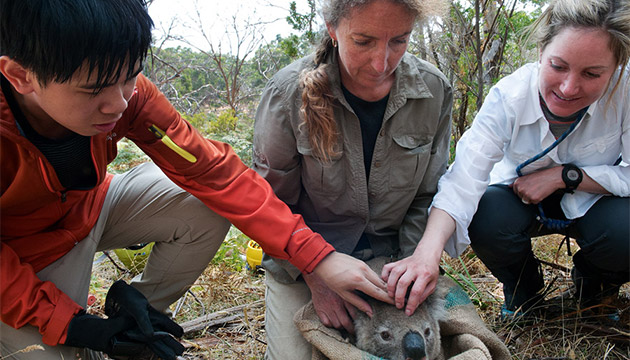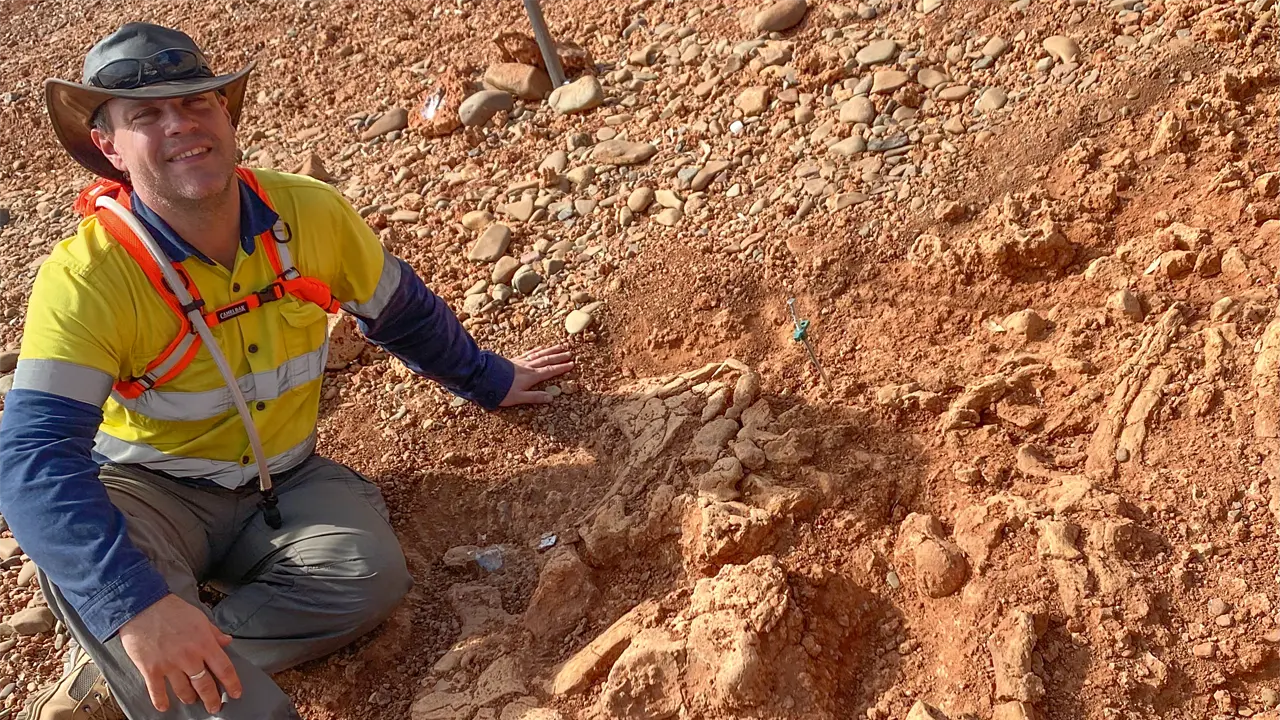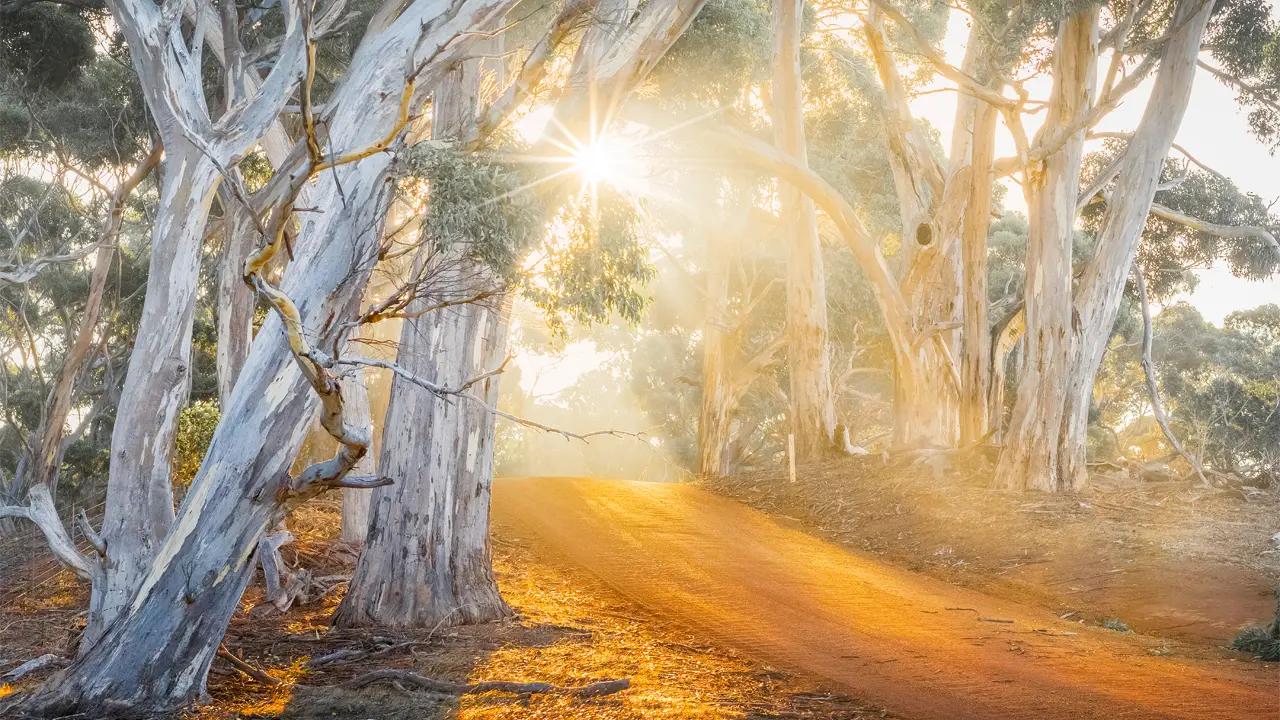Although they’re vulnerable to extinction in New South Wales and Queensland, koalas in the Otways, in southern Victoria, have become more than a nuisance. They are threatening an entire forest.
Story By Ken Eastwood
At first it’s hard to see anything is amiss. As you drive into Cape Otway National Park, just off the glorious Great Ocean Road, the lush, towering eucalypt forest seems to simply ooze with life. Crimson rosellas and other birds flit past, echidnas waddle along the sides of the road and you only have to look up to see a koala or six. Keep coming down the road towards Bimbi Park and the Cape Otway Lighthouse, and the koalas are in every second tree. Motorists and cyclists stop, agog, as koalas descend to eye level or cross the road in front of them.
And then you begin to notice the subtle signs. A lot of the trees aren’t too healthy. In fact, just a few hundred metres more down the road and the forest is a desolated boneyard of lifeless sticks. According to locals and the researchers who have been studying this forest, the koalas have gotten out of control and are moving through the beautiful manna gum forest like a tsunami, stripping 100 hectares of trees bare in three years.
“They’re like waves of koalas moving through,” says Desley Whisson of Deakin University, a pest species specialist who has been studying this community for six years. “You’re losing a whole ecological vegetation class, and who knows what impact that has on other things.”
This Story is from Issue #95
Outback Magazine: June/July 2014










